Tiny But Mighty: How One Small Dog Breed Revolutionized Pest Control in the 19th Century
When you think of dog breeds bred for hunting, images of powerful hounds or athletic gun dogs may come to mind. However, there is a unique subset of canines purposely bred to pursue a rather unlikely quarry – rats. These feisty, fearless rat catching dogs were invaluable in helping to control rodent populations on farms, ships, and even industrial settings. Let’s take a look at five tenacious breeds developed specifically to catch rats.
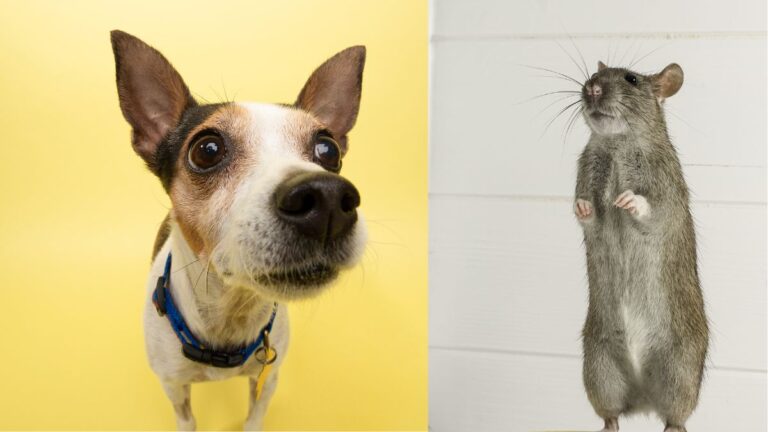
1. Yorkshire Terrier
Beneath the Yorkshire Terrier’s polished exterior and diminutive stature lies a lineage of rugged determination and utility. Originating in the mid-19th century amidst England’s Industrial Revolution, this breed’s ancestors were brought over by Scottish workers relocating to England, in search of opportunities within Yorkshire’s burgeoning textile industry. Initially bred for their prowess in rat-catching, these small terriers proved instrumental in managing vermin populations that threatened both health and economic stability within textile mills and garment factories.
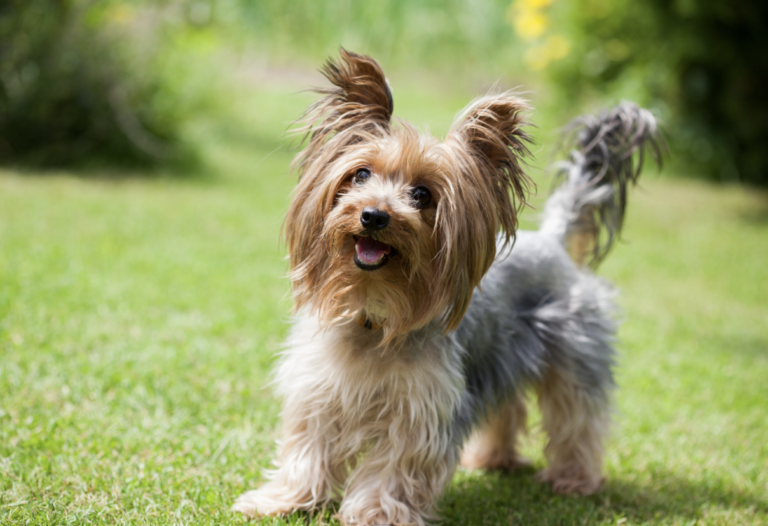
Yorkshire, a county transforming into a textile production hub, became a pivotal setting for these terriers to showcase their rat-catching skills. The factories, riddled with rats and mice, stored vast quantities of fabric and food, attracting pests that not only posed significant health risks but also caused damage to valuable goods. Amidst this backdrop, a specific variety of terrier emerged, distinguished by its exceptional hunting skills in the cramped, shadowy interiors of the mills. This variety, which would eventually be recognized as the Yorkshire Terrier, was especially valued for its ability to infiltrate narrow spaces, pursuing pests with unmatched agility and tenacity.
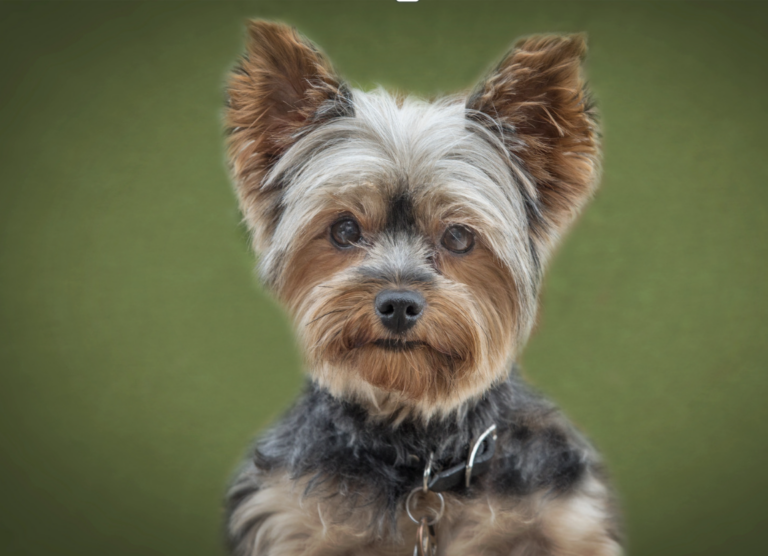
Jillian Boyd, representing the Yorkshire Terrier Club of America, underscores the breed’s spirited nature: “Yorkies are true terriers at heart—scrappy, fearless, and driven by an innate urge to hunt and eliminate rats and other prey. Despite their compact stature, ideal for navigating the mills, they possess outsized personalities.”
The late 19th century marked a turning point for the Yorkshire Terrier, transitioning from a utilitarian role in vermin control to becoming a cherished companion and show dog. This shift was accompanied by a change in the breed’s physical appearance, focusing more on its now-signature silky coat and refined demeanor, although it never shed its spirited terrier essence.
The preservation of the Yorkshire Terrier’s rich history is owed to historical records, including contemporary writings, paintings, and breed standards that emphasize their functional origins. Breed clubs and historical societies have been instrumental in keeping the breed’s legacy alive, ensuring that the Yorkshire Terrier’s past as a diligent rat-catcher in England’s textile mills is remembered.
2. Rat Terrier
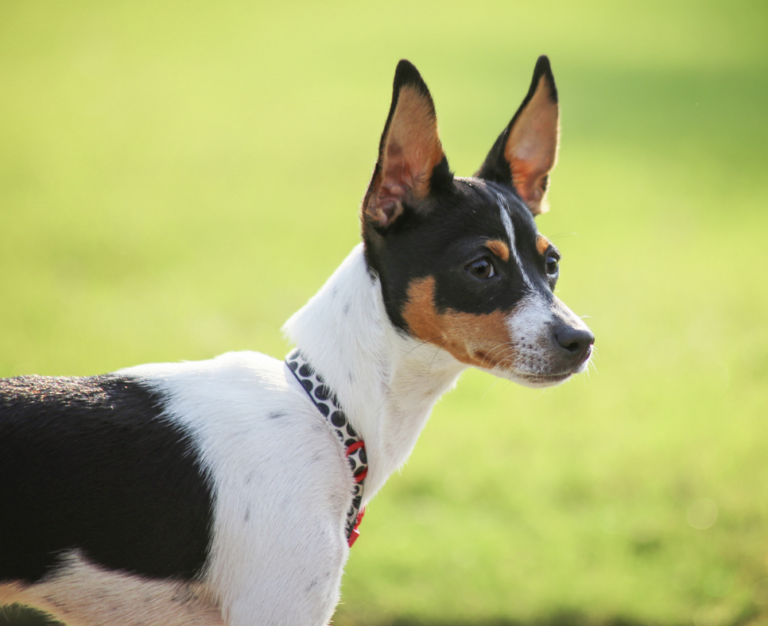
This breed’s straightforward name leaves no ambiguity about its original purpose. As Ian Dunbar of the Association of Professional Dog Trainers notes, “Rat Terriers were specifically bred with a keen instinct for pursuing and eliminating rats and other vermin on farms and ranches.”
Hailing from the American West and Midwest, these sturdy little hunting dogs combined the tenacity of terriers with the endurance to work all day. Their slim, muscular build helped them squeeze into tight spaces, while their semi-prick ears enhanced hearing to detect the slightest rodent rustle. Although friendly with people, these rat catching dogs reserve a formidable intensity when it’s time to get to work.
3. German Hunting Terrier
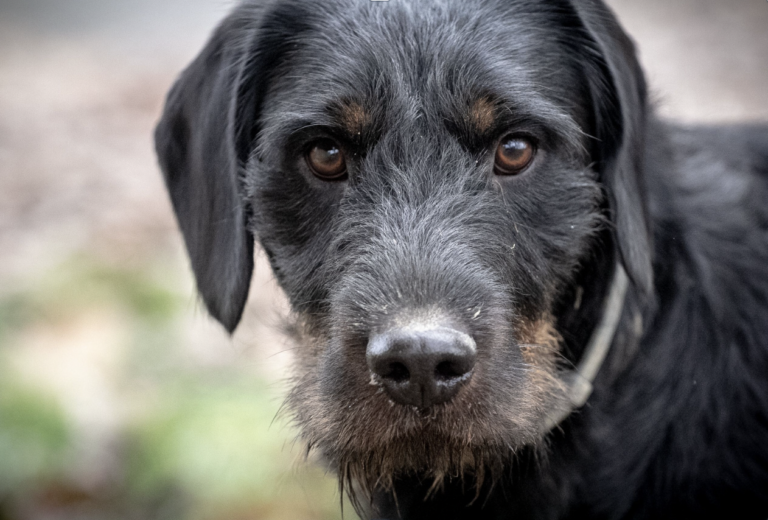
Originating in Germany, as the name implies, these versatile terriers excelled at keeping properties free of rats and other small vermin. Breeders crossed the Black and Tan Terrier with local hunting dogs and Wire-Haired Dachshunds to create a tenacious, rugged ratter.
“German Hunting Terriers are all-around working terriers,” says breed historian Norbert Becker. “In addition to controlling rats, mice, and foxes around farms and homesteads, they were also commonly used to flush out larger game for hunting parties.”
Their compact, muscular frame, weatherproof coat, and Dachshund-esque digging ability suited them perfectly for varied hunting roles. Today’s German Hunting Terriers may excel in earth dog trials and other sporting events, but that intense vermin hunting drive remains.
4. Jagdterrier
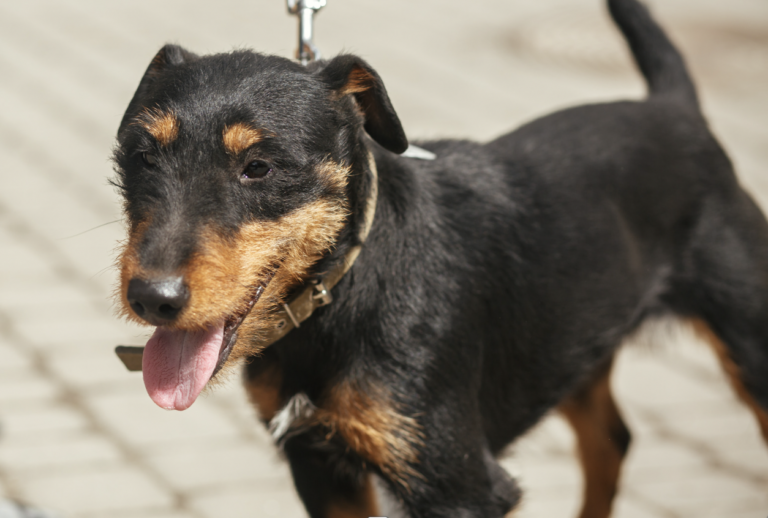
Another German breed, the Jagdterrier (which literally translates to “hunting terrier”), shares ancestry with its countryman, the German Hunting Terrier. These plucky little dogs were indispensable ratters, able to pursue and dig out rats and other small prey with ruthless efficiency.
What set this breed apart was its unique black and tan wiry coat that could withstand branches, twigs, and debris while providing protection from bites during skirmishes. Their bold, inquisitive nature combined with impressive stamina allowed them to relentlessly seek out vermin over a full day’s work.
5. Miniature Schnauzer
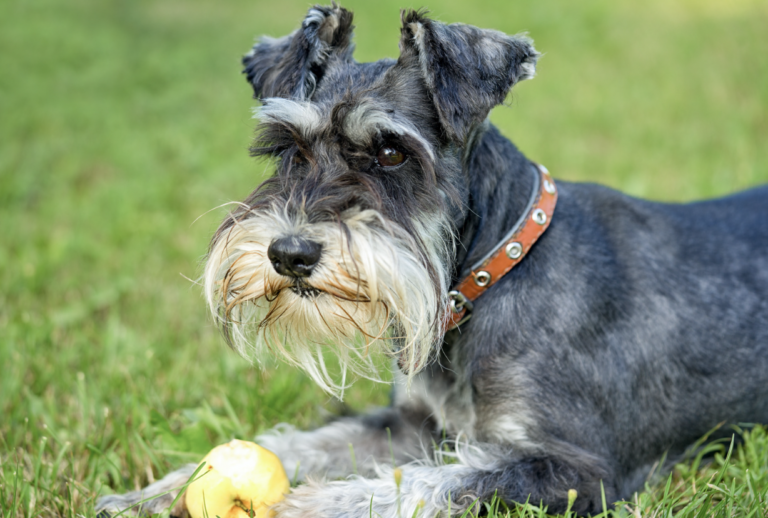
While larger Schnauzers were bred to guard homes and farms, the Miniature variety played a crucial role in pest control. Their distinctive rectangular build, extroverted nature, and keen hunting instincts proved ideal for catching rats and mice around barns, stables, and mills.
“Don’t let the beard and stylish look fool you – Miniature Schnauzers are true working terriers at their core,” says longtime Schnauzer breeder Ellen Woodward. “They have the courage to take on larger foes, and the endurance and speed to catch the wiliest of rodents.”
These compact yet muscular ratters could squeeze into the tightest of spaces, sounding their trademark “terrier scream” upon making a kill. With their ultra-protective nature, it’s no wonder they became beloved farm buddies.
6. Cairn Terrier
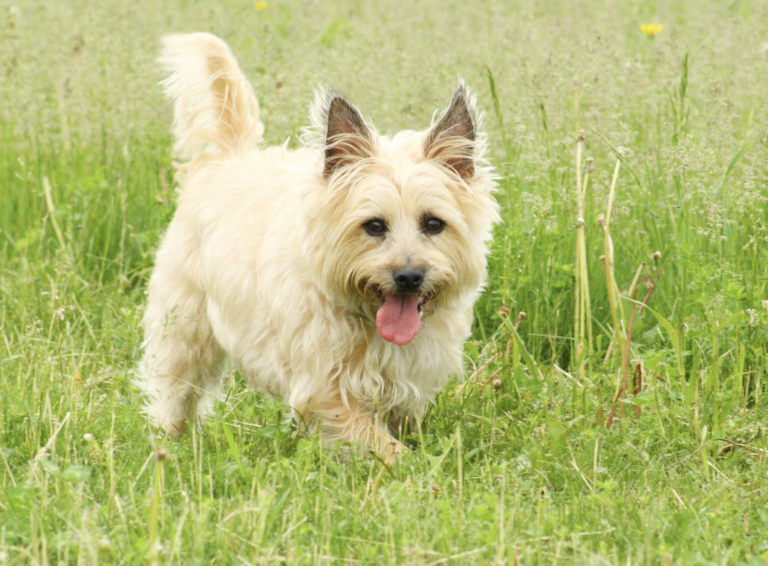
Named for the cairns (man-made stacks of stones) dotting the Scottish Highlands, the Cairn Terrier originated as a tenacious ratter and pursuer of foxes, badgers, and otters. Their low-set, sturdy build and weatherproof outer coat helped them withstand the harsh elements while traversing the rocky terrain in search of prey.
“Cairns may be small, but they’re big-game hunters at heart,” says Sandy Vose of the Cairn Terrier Club of America. “In addition to rats, they were tasked with digging out foxes and other larger quarry from dens. So they’re born with an intense drive to hunt, dig, and never back down.”
7. Norwich Terrier
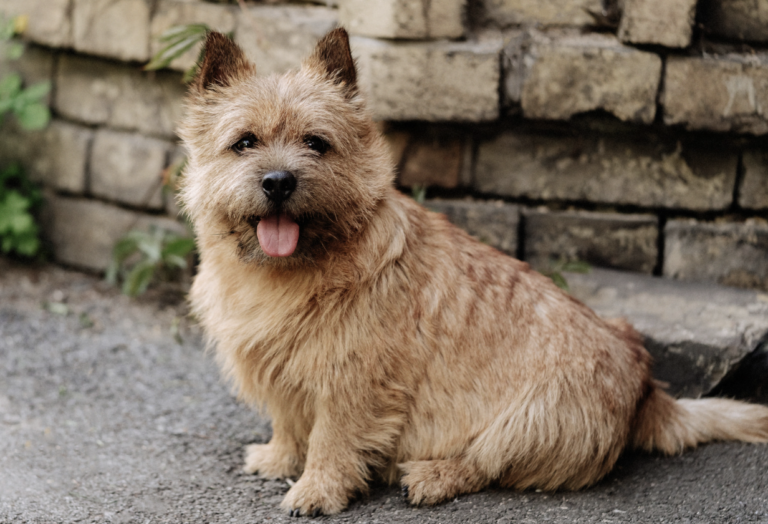
Hailing from the English county of Norfolk, these plucky little terriers rank among the smallest of the ratter breeds. Their size granted access to even the tightest of lairs and burrows to root out rats and other vermin plaguing local farms and stables.
What they lacked in stature, Norwich Terriers made up for with zeal and courage. Their up-for-anything attitude helped them tackle rats many times their size. Today’s Norwich retains that same tireless spirit and intensity when it’s “ratting time.”
8. Border Terrier
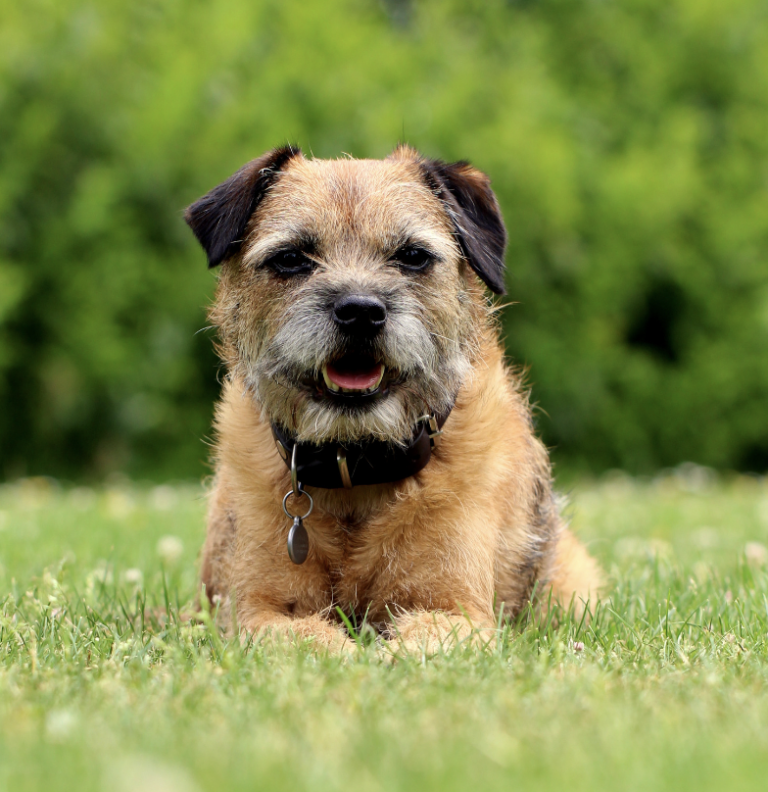
Developed amid the rugged borders between Scotland and England, this breed was prized by local shepherds and farmers for its prowess pursuing and eliminating rats, foxes, and other nuisance animals that threatened crops and livestock. Their compact, athletic build, water-resistant coat, and incredible endurance rendered Border Terriers indispensable working partners.
“To this day, Border Terriers have an insatiable urge to dig, pursue anything that moves, and squeeze into the tightest of spaces,” says Border Terrier expert Richard Lewis. “All vital traits in their historic fight against vermin on rural lands.”
9. West Highland White Terrier
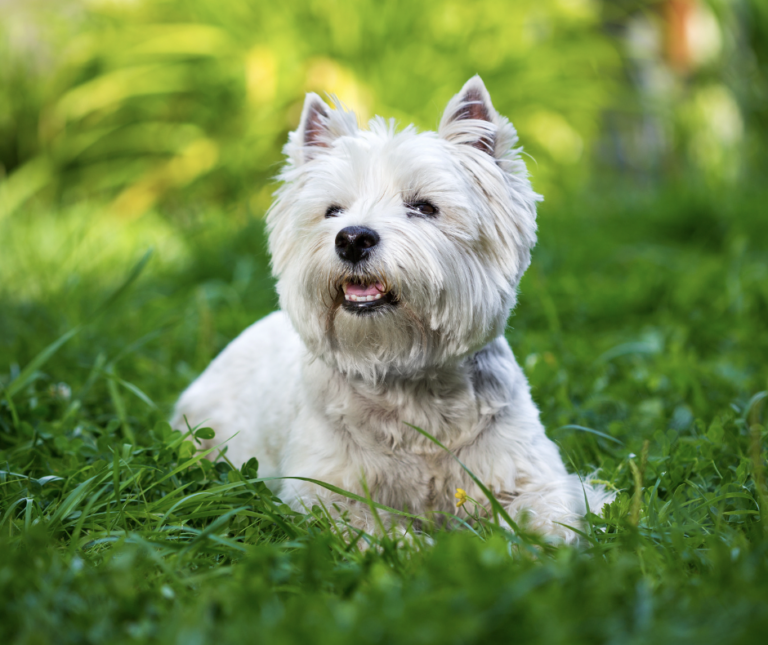
While best known in modern times as the playful pup featured in Cesar dog food ads, the West Highland White Terrier originated as a fearless ratter in Scotland. Their unique bright white coats stood out vividly against the shale and rocky terrain, allowing them to be easily spotted by their human hunting companions.
Westie fanciers say the breed’s signature fun-loving demeanor masks an unrelenting courage and intensity when it comes to hunting rats and other small vermin. Their endless determination, acute senses, and compact size ensured no rodent was safe from this breed.
10. Lakeland Terrier
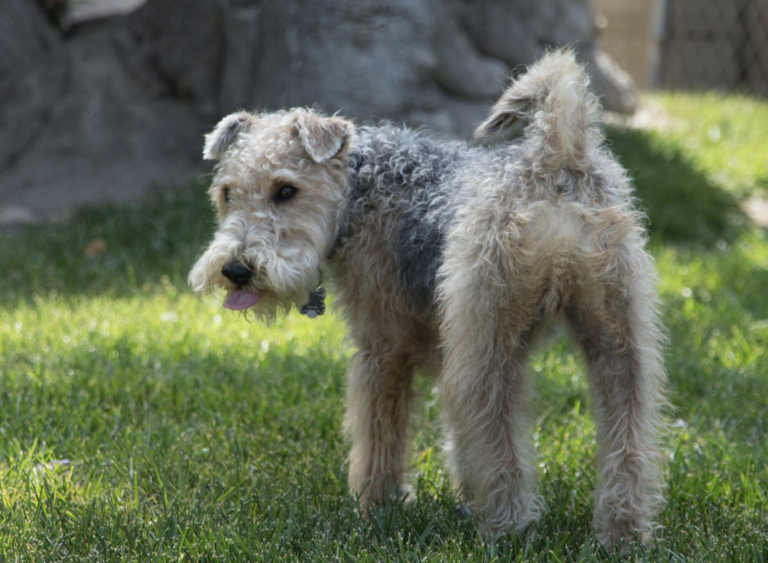
The beloved “Lakers” hail from England’s lake district and owe their existence to a unique breeding between the local terriers and a Russian ferret brought over by traveling gypsies. This pairing created a swift, nimble, and fearless quarry hunter uniquely suited to pursue rats, foxes, and other prey.
Today’s Lakers are still true to those roots with a tenacious personality and impressive athleticism. Their prick ears and wiry coats protect them from both the elements and bites during feisty clashes with vermin.
11. Jack Russell Terrier
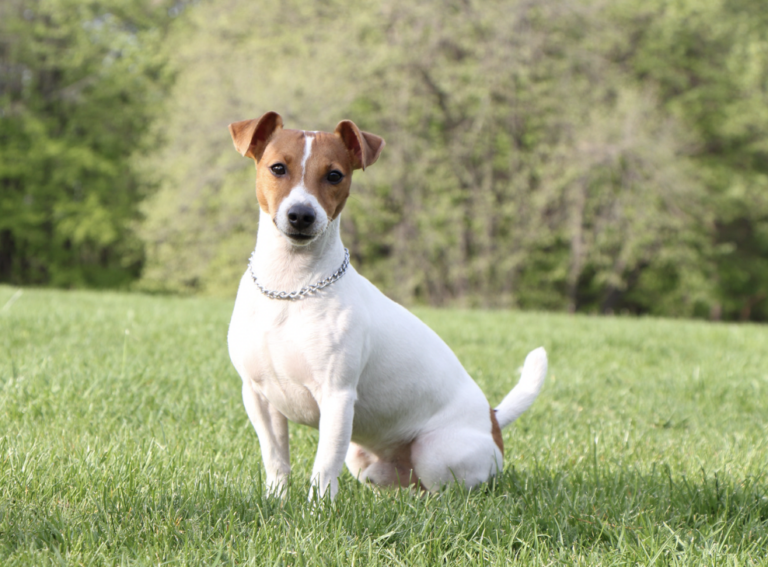
Meet the Jack Russell Terrier: the little dog with a big heart and an even bigger appetite for adventure. Originating from England’s fox hunts, crafted by none other than Reverend John Russell himself, these pups quickly showed the world they were more than just fox hunters; they were rat-catching dynamos. With their sharp noses, agile moves, and a fearless streak a mile wide, Jack Russells became the go-to for farmers in need of some serious pest control. Don’t let their small size fool you; these terriers are all guts and glory, wrapped up in a bundle of energy. Nowadays, they might be your cuddly couch companion or the star of the local agility club, but make no mistake, that rat-catching prowess is still part of their DNA.
12. Patterdale Terrier
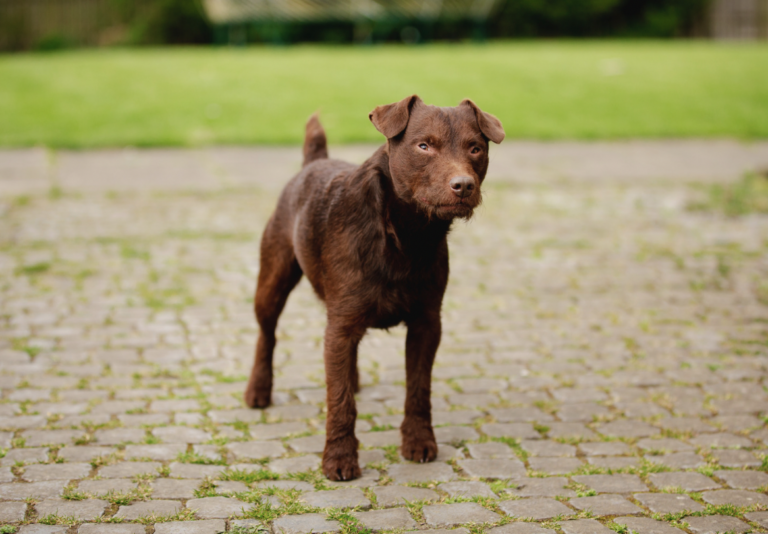
The Patterdale Terrier comes from England’s rugged Lake District, bred not just to survive but thrive in the demanding farm life and hunt down pests with unmatched zeal. These dogs are tough as nails, equipped with a sturdy frame and a coat that laughs in the face of bad weather. When it comes to hunting down rats, their gutsy nature means they’re always ready to dive into the fray, making them treasured by those who needed a capable pest hunter. Despite their hardcore work ethic, Patterdales are nothing but love and loyalty at home, making them perfect for families. Sure, they’ve got a soft side, but their heart beats with the spirit of a hunter, always reminding us of their roots in the field, keeping pests at bay.
So while many may envision these breeds as beloved lapdogs today, all were originally bred for the feisty, indefatigable task of keeping rats and vermin at bay. Their petite size allowed easy access to nests and burrows, while their tenacious spirit and prey drive helped them excel as mighty hunters punching well above their weight. The next time you see a Yorkie, Rat Terrier, Cairn, or Westie curled up next to their owners, remember their hard-working, rat-catching roots!
FAQs about Rat Catching Dogs
What are the best dog breeds for catching rats?
The best dogs for catching rats include the Jack Russell Terrier, Rat Terrier, Patterdale Terrier, and Cairn Terrier. These breeds have been historically recognized for their rat-catching abilities due to their agility, tenacity, and instincts.
Can dogs catch anything from rats?
Yes, dogs can catch diseases from rats. One of the primary concerns is leptospirosis, a bacterial disease that can be transmitted through rat urine. It’s important to ensure your dog is vaccinated against leptospirosis if they’re involved in rat catching.
How effective are dogs at catching rats?
Dogs can be very effective at catching rats, serving as a natural form of pest control. Breeds that are adept at rat hunting have been bred to hunt small vermin and can significantly reduce rat populations in infested areas.
Are there specific techniques for catching rats with dogs?
Catching rats with dogs involves training the dog to hunt and track the scent of rats and mice. The technique usually capitalizes on the dog’s natural instincts to chase and capture small prey. Proper training ensures the dog is efficient and safe during the process.
What historical roles have dogs played in rat catching?
Historically, rat catching dogs played a vital role in pest control, especially in urban and rural settings. Since the 18th century, terrier breeds, in particular, have been utilized for their prowess in reducing rat populations, contributing to the management of diseases spread by rodents.
Is it safe for dogs to be involved in rat hunting in rat-infested areas?
While dogs can be effective in rat hunting, it’s important to consider their safety in rat-infested areas. Risks include potential exposure to diseases like leptospirosis and the accidental ingestion of rat poison. Ensuring the dog is vaccinated and supervised is crucial.
Can using a rat-catching dog be more effective than using rat poison?
Using a rat-catching dog can be an effective and eco-friendly alternative to rat poison, especially in environments where the use of chemicals is undesirable. Dogs can target rats without the risk of poisoning non-target wildlife or pets.
What is the best rat catcher dog for a household with a rat problem?
For households with a rat problem, the Rat Terrier or Jack Russell Terrier are among the best choices. These dogs are not only skilled in rat catching but also adapt well to family environments, making them excellent companions as well as pest controllers.
How do terrier breeds hunt rats?
Terrier breeds hunt rats by using their keen sense of smell to locate the vermin, followed by a quick and agile pursuit. Their small size allows them to access tight spaces where rats and mice may hide. Terriers have been bred to hunt small prey, making them natural rat catchers.
What should I consider before getting a dog for catching rats?
Before getting a dog for catching rats, consider the breed’s activity level, your ability to provide training for ratting, controlling potential health risks, and the dog’s well-being. Choosing a breed known for its rat-catching skills and ensuring it’s vaccinated against diseases are key steps.
Can dogs that catch rats also serve as family pets?
Absolutely. Dogs that catch rats, like the Jack Russell Terrier and Cairn Terrier, can also make wonderful family pets. They are often loyal, energetic, and affectionate companions. However, potential owners should be prepared for the high energy levels and exercise needs of these breeds.
What are the risks of using dogs for catching rats in areas where rat poison has been used?
The primary risk of using dogs for catching rats in areas treated with rat poison is the potential for secondary poisoning if the dog eats a poisoned rat. It’s crucial to use caution and possibly seek alternative pest control methods if you plan to involve your dog in rat catching in such environments.
Related Posts:
- 10 Dog Breeds to Avoid Unless You Like Constant Barking, According to a Top-Rated Pet Sitter
- The Mysterious Disappearance of the World’s Oldest Dog Breeds
- Why You Should Never Buy One Of These Popular Family-Friendly Dog Breeds, According To Pet Expert




